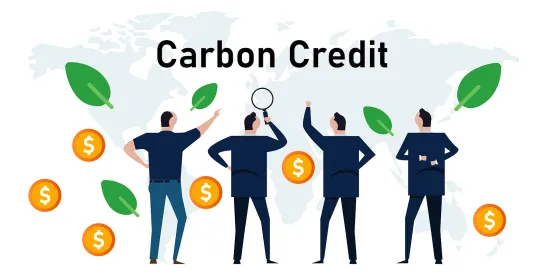On 20 September 2024, the Commodity Futures Trading Commission (CFTC) released final guidance regarding the listing of voluntary carbon credit (VCC) derivative contracts on CFTC-registered exchanges known as designated contract markets (DCMs). VCCs are tradable, intangible instruments issued by a carbon crediting program and generally represent the equivalent of one metric ton of carbon dioxide avoided or removed from the atmosphere. As with other commodities, the CFTC does not have regulatory authority over VCCs, but can promulgate guidance and regulations related to derivatives on VCCs.
The quality and integrity of VCCs has been an industry focus due to the absence of a standardized methodology to quantify emissions reduction or removal levels. Because the CFTC can’t regulate VCCs directly, its final guidance creates a trickle-down effect by outlining factors for DCMs to consider when designing and listing physically- or cash-settled VCC derivative contracts. The guidance states that DCMs should:
- consider VCC quality standards (including transparency, additionality, permanence and risk of reversal);
- examine the governance framework and tracking mechanisms of VCC crediting programs and specify relevant inspection and certification procedures; and
- monitor the underlying VCC markets, including the supply of VCCs and conformity with the latest certification standards.
As noted in Commissioner Mersinger’s dissenting statement, the guidance is “non-binding” and relates to “an emerging class of products that have very little open interest and comprise a miniscule percentage of trading activity” in U.S. derivatives markets. However, as an emerging asset class, VCCs may actually benefit from early regulatory intervention (which we cannot say for every asset class). And, while not carrying the weight of a rulemaking, we expect DCMs to largely adhere to the guidance, particularly when viewed in tandem with the CFTC’s recently finalized rule on Part 40 product listings.






 />i
/>i
